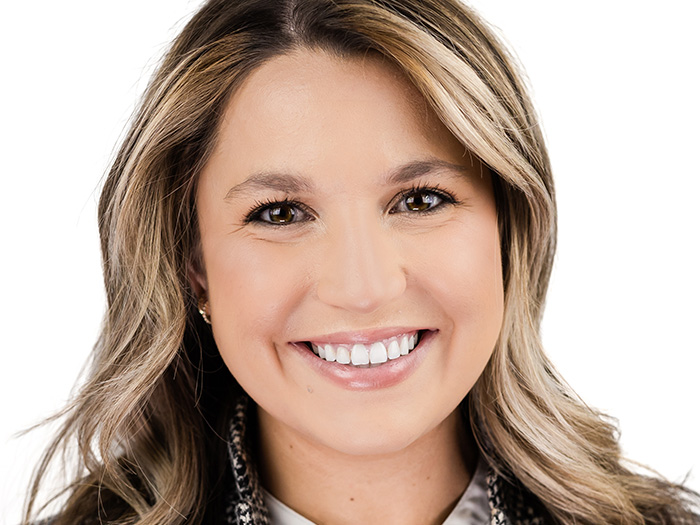Column: Workers' Comp
A Safe Space for Workers
Creating a “safe space” for injured workers returning to the job is a concept deserving a spotlight.
The idea is loaded with an abundance of promise for implementing workers’ compensation in the best way possible. Within the concept’s core resides a desire to focus on meeting injured workers’ needs while improving employers’ claims results.
And it’s not just a philosophical concept. There is a practical, established strategy behind it. One that can help take risk out of hiring new workers in a U.S. economy that continues to add jobs. It can help remove the fear that sometimes hinders established workers with injuries from returning to the job as early as possible.
The idea of creating a “safe space” came my way from Judie Tsanopoulos, director of workers’ comp and loss control at St. Joseph Health.
Judie is a consummate workers’ comp practitioner. Over the years I’ve spoken with her, I’ve noticed that she consistently works to improve every corner of her workers’ comp program, applying creativity, elbow grease and direction.
Her discussion of creating a safe space is really about the physical demands analysis St. Joe’s conducts for each work role. It applies an essential functions review to determine whether returning injured workers are capable of a job’s physical demands.
By reframing it as an opportunity to give injured workers safe space for recovering while they transition back into their jobs, the conversation shifts to accentuate a caring role. It transforms the concept into one that recognizes the worker’s needs.
This is nothing new. It’s known that a job analysis based on the essential functions of work roles reduces losses.
While it’s particularly useful for eliminating injuries among the newly hired, who are most prone to experience accidents, it also helps established workers safely return post injury.
But the practice is commonly discussed in terms that represent the employers’ viewpoint and interest in reducing claims expense.
By reframing it as an opportunity to give injured workers safe space for recovering while they transition back into their jobs, the conversation shifts to accentuate a caring role. It transforms the concept into one that recognizes the worker’s needs.
It acknowledges that it is common for workers to fear returning to work and doesn’t conveniently ignore that significant fact.
Returning workers may be overprotective of their bodies. They may fear tasks they routinely handled in the past; tasks that defined their roles. That may make them less eager to cooperate with return-to-work plans.
Providing a safe space is about helping workers learn that they’re progressing in their recovery. It helps build their confidence.
It’s a strategy that helps workers appreciate that their employer cares.
It also provides something for the workers’ comp manager.
Judie said it’s the kind of effort that has resulted in formerly injured workers hugging her when she walks through a St. Joseph hospital. She is the first to admit that hugs are not the typical greeting for a workers’ comp director. &










